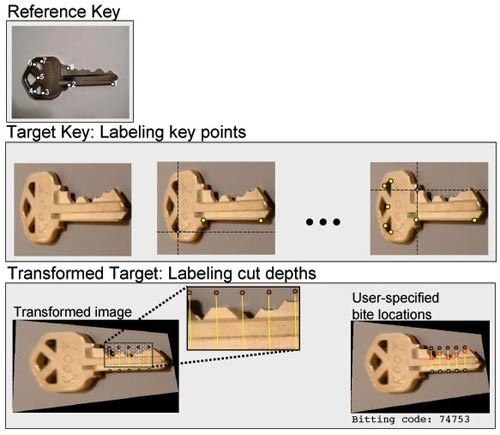In keeping with the safeguard agreement that the IAEA be informed before an enrichment facility comes online, Iran informed the IAEA on September 21 that it had a new nuclear facility under construction. By informing the IAEA, Iran fulfilled its obligations under the safeguards agreement. The IAEA will inspect the facility and monitor the nuclear material produced to make sure it is not diverted to a weapons program.
Despite these unequivocal facts, Obama announced on September 25 that Iran has been caught with a “secret nuclear facility” with which to produce a bomb that would threaten the world.
As much as I think that Bush mislead the american public into invading Iraq, what I read about the recent incident over a “secret nuclear plant” in Iran seems more balanced than what Paul Craig Roberts states above.
According to the NPR report, Obama claims that the disclosure by Iran came after the project was discovered already, which seems plausible.
Iran may not technically bound to notify the International Atomic Energy Agency (IAEA) of the new plant construction before it is completed, you have to admit this doesn’t inspire trust. But it is not a smoking gun either and doesn’t warrant all the media ruckus.
Finally, Roberts’ article above seems to pull a quote from the IAEA report from Sep 7 which doesn’t relate to the same context. In short, that report states that Iran is compliant but not especially cooperative, and has not yet agreed to the new protocol for disclosing new constructions before completion. But the quote states that the IAEA has passed on the information it has collected, which has nothing to do with Iran being transparent.

